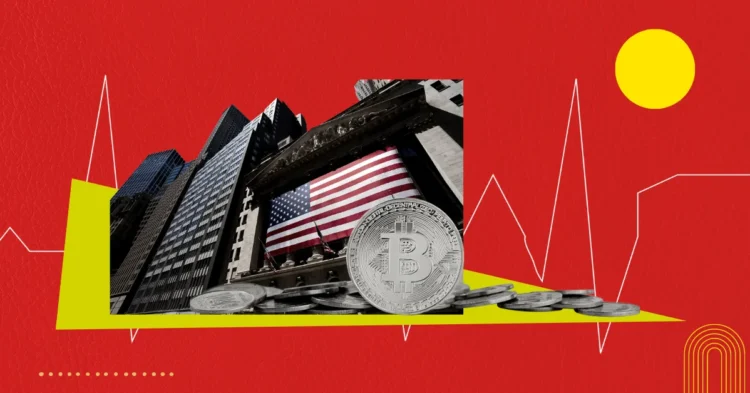In a recent update that has garnered significant attention, Matthew Sigel, the head of digital assets research at VanEck, highlighted a potential groundbreaking development involving Block, previously known as Square. As per Sigel’s insights shared on X, Block could soon become the first company in the S&P 500 to hold Bitcoin, marking a significant milestone for the integration of digital assets in traditional finance.
The Road to S&P 500 Inclusion
For a company to be included in the prestigious S&P 500 index, it must satisfy a set of stringent criteria. These requirements include:
- A market capitalization exceeding $18 billion
- A public float greater than 10% of outstanding shares
- Positive earnings in the most recent quarter, as well as a positive sum of GAAP earnings over the previous four quarters
- High liquidity
- A minimum of 12 months since its initial public offering (IPO)
- Being domiciled in the United States
According to Sigel, Block has successfully met the earnings criteria following its first quarter 2024 report. However, he emphasized that inclusion in the S&P 500 is not automatic and remains subject to the discretion of the Index Committee. Historically, companies meeting all the criteria are usually inducted into the index within a timeframe of 3 to 21 months, though there have been exceptions, such as LULU, which took 65 months.
Criteria Beyond Financial Metrics
Sector diversification is another crucial consideration for the Index Committee, as it seeks to maintain a sector composition in the S&P 500 that mirrors the broader economy. Block’s alignment with these criteria, coupled with its significant Bitcoin transactions—initially purchasing $50 million in Bitcoin in October 2020 and an additional $170 million in February 2021—positions it uniquely. This move is consistent with CEO Jack Dorsey’s long-standing support for Bitcoin, potentially strengthening Block’s candidacy for inclusion.
MSTR and COIN: Potential Yet Uncertain
While Block stands on the brink of possible inclusion, other prominent entities like MicroStrategy (MSTR) face a more complex path. Despite being a significant corporate Bitcoin holder and its recent addition to the Nasdaq-100, MSTR is not expected to join the S&P 500 imminently. Eric Balchunas from Bloomberg has suggested that the S&P 500 inclusion committee might choose to exclude MSTR, even if it meets all the necessary qualifications.
Meanwhile, predictions from Bitwise hint at the possibility of Coinbase joining the S&P 500 this year. One of Sigel’s followers raised inquiries about Coinbase’s potential inclusion, arguing that it too satisfies all six criteria. However, Sigel referred to Coinbase as a “controversial pick” due to its “pure-play crypto exposure,” which may influence the committee’s decision.
Conclusion: A New Era on the Horizon?
As the financial landscape continues to evolve with the integration of digital assets, Block’s potential entry into the S&P 500 could signify a pivotal shift, further blending traditional and digital finance. This development not only underscores the growing acceptance of cryptocurrencies but also highlights the dynamic nature of financial markets as they adapt to new paradigms.
“`
This modified content incorporates SEO-friendly features and HTML headings, ensuring it is original and engaging while maintaining the key information and expanding on the context to enhance readability and SEO value.











